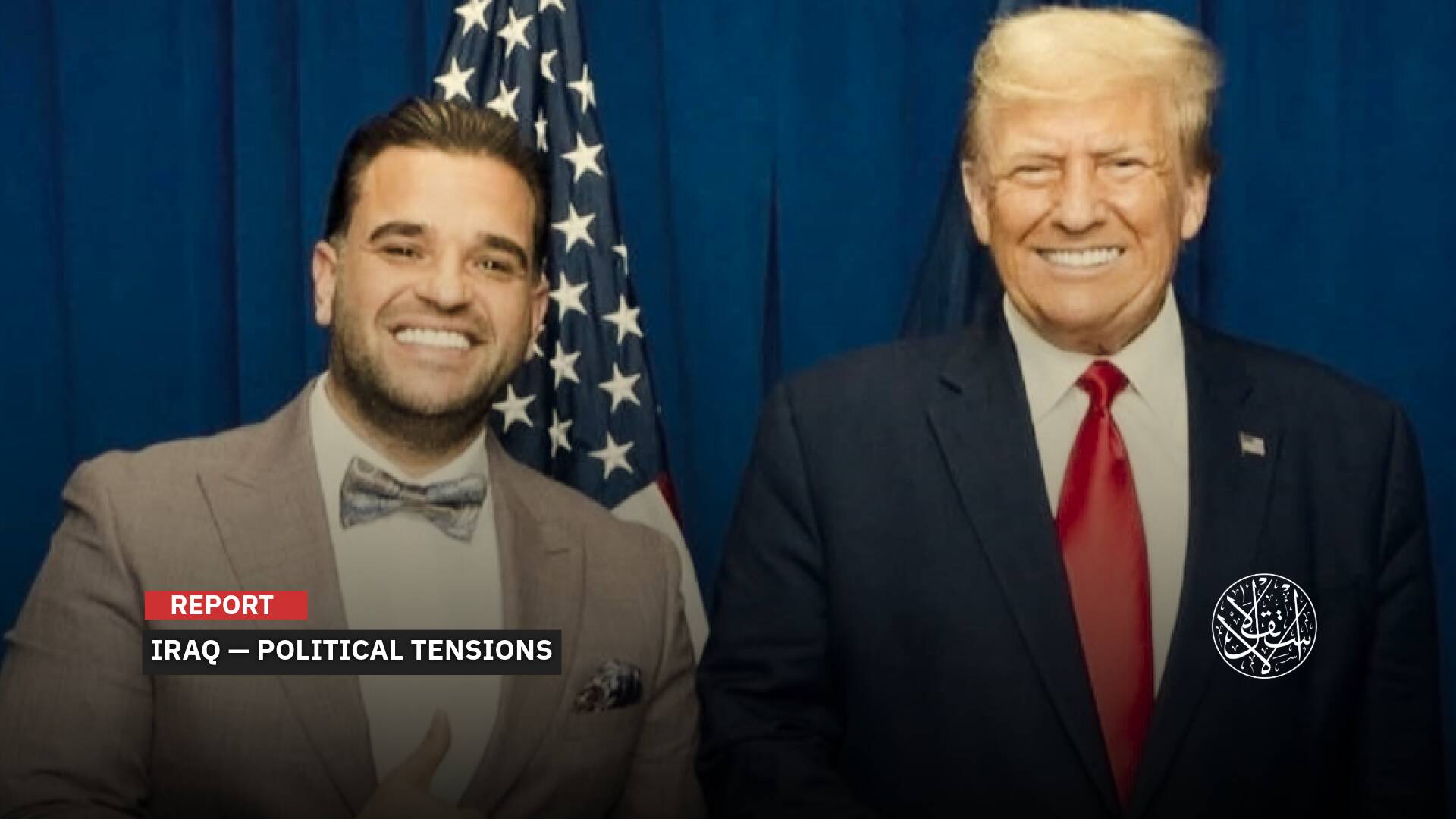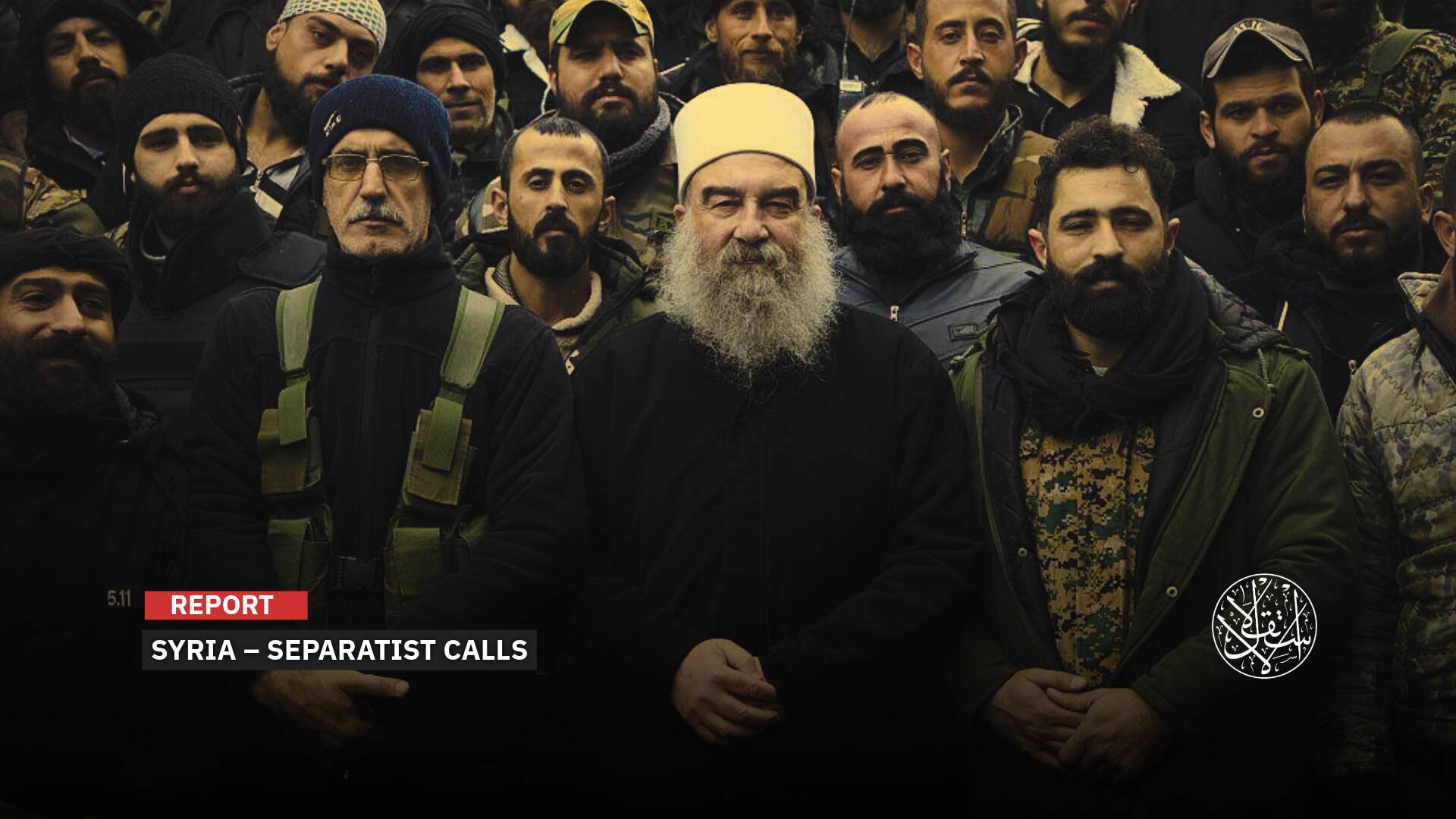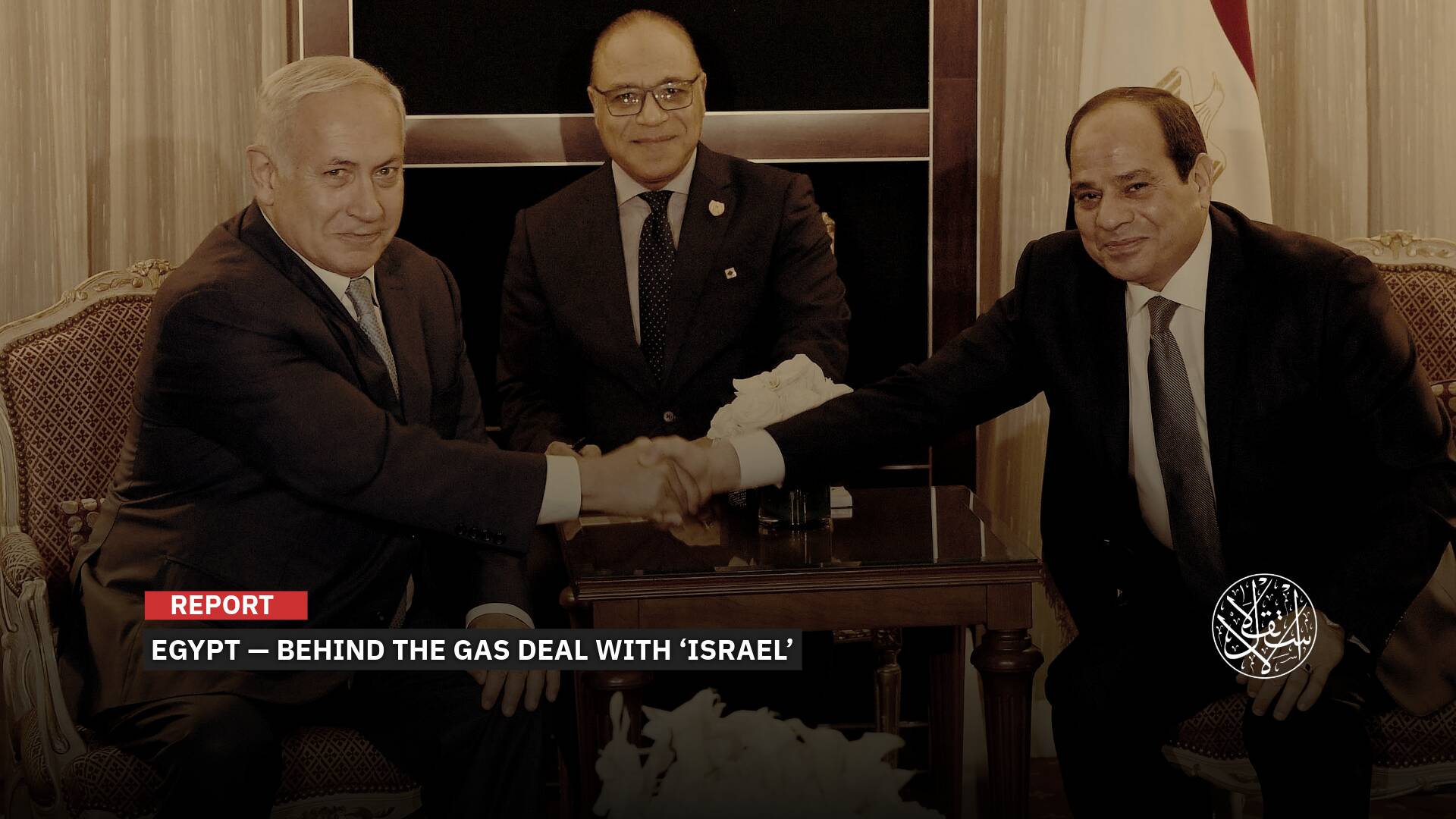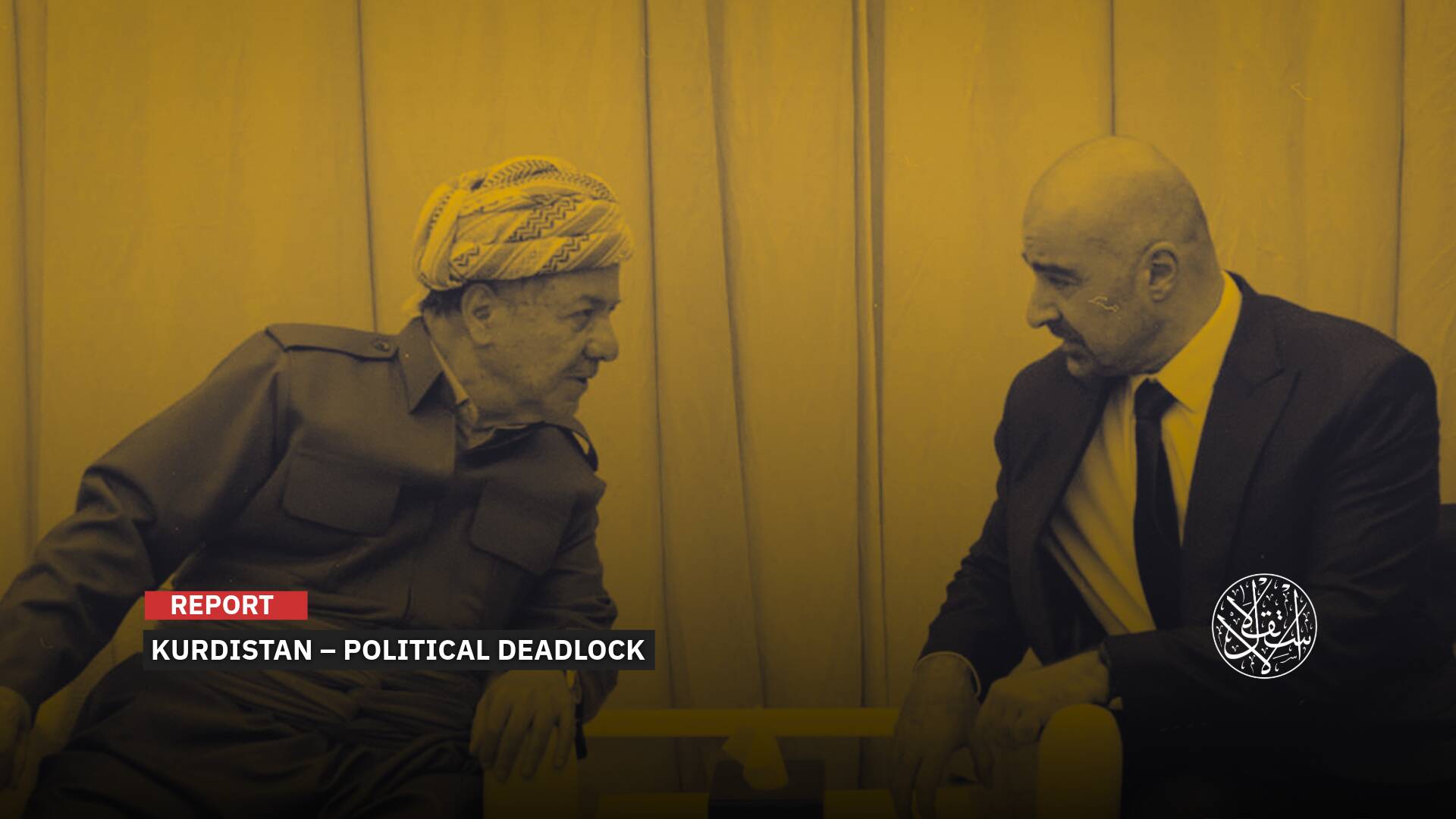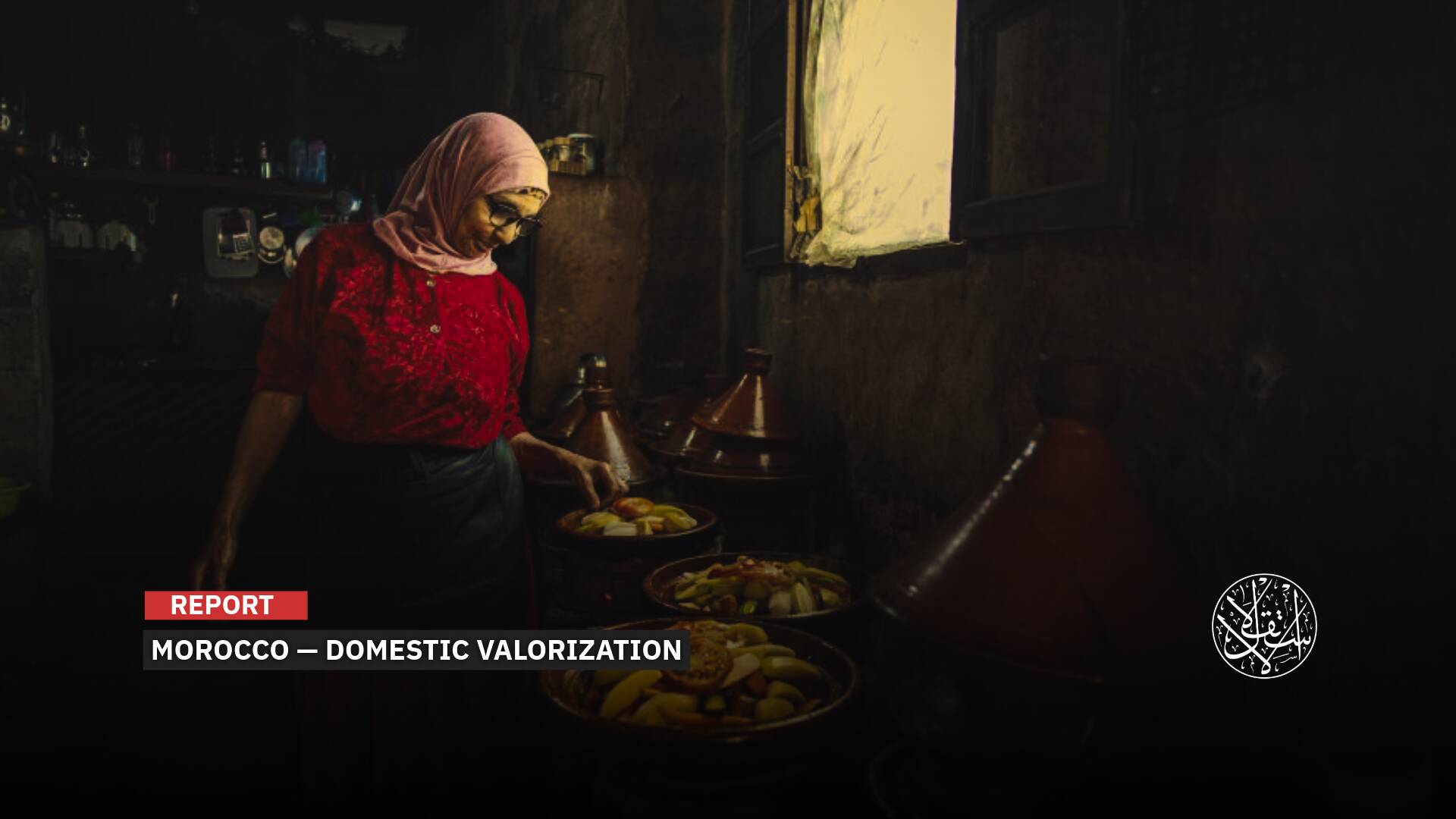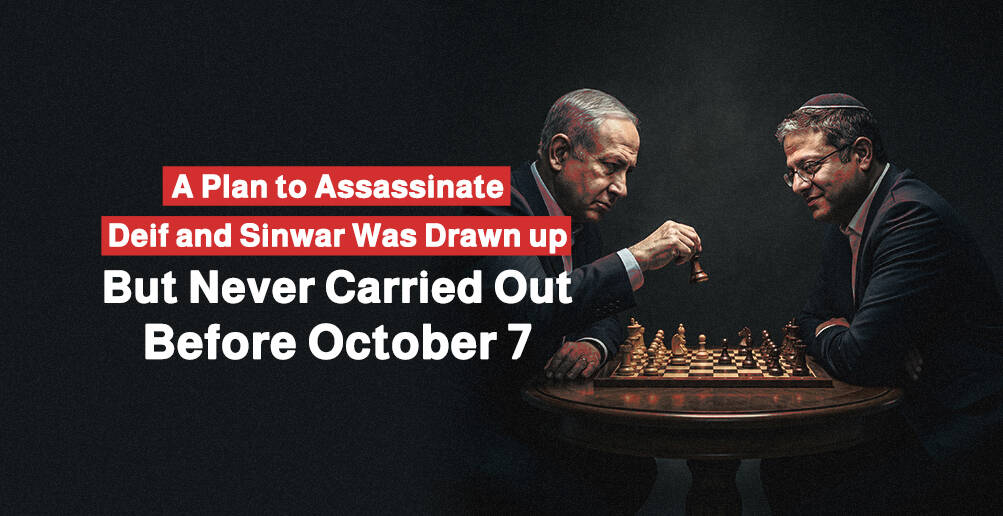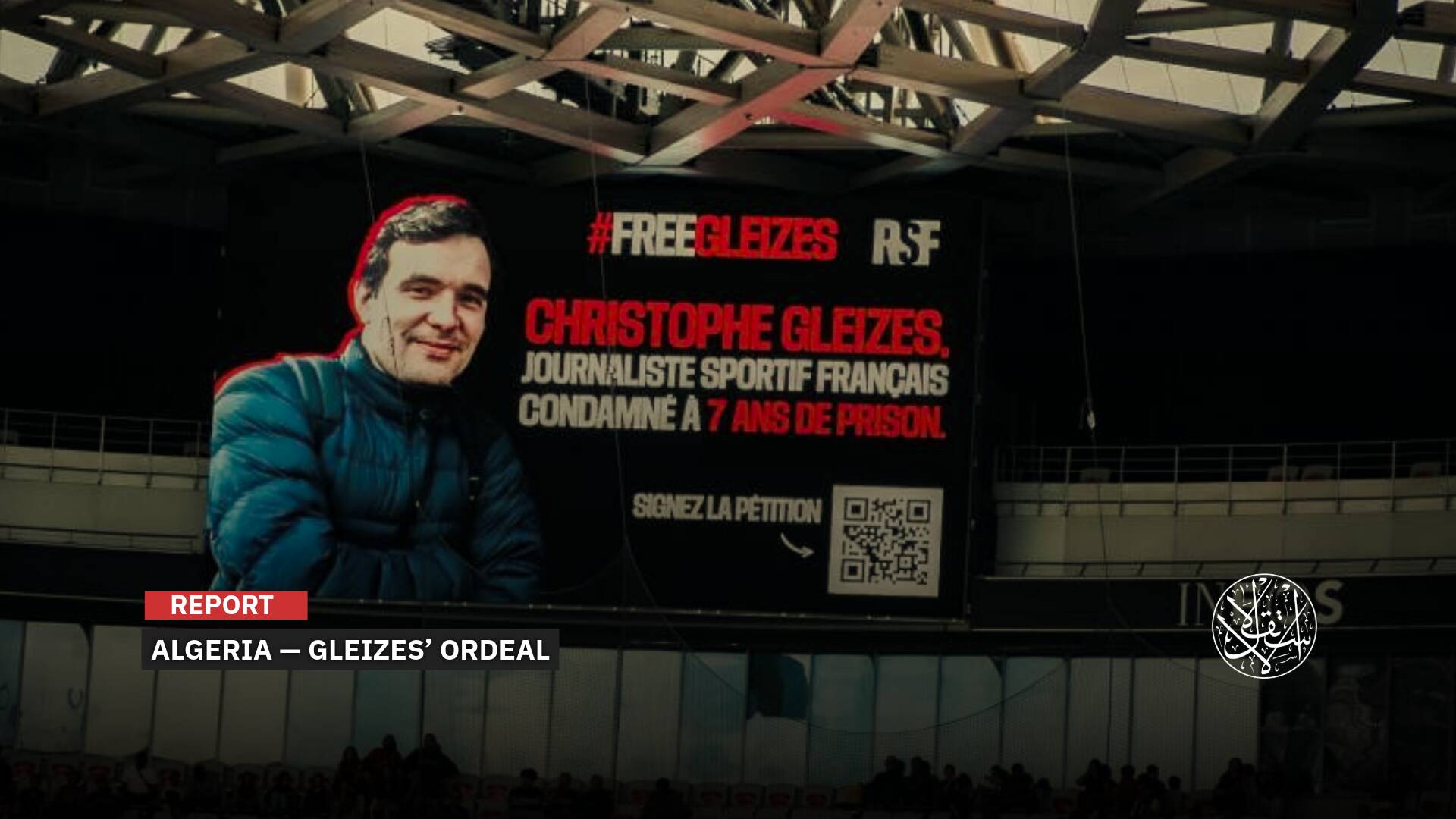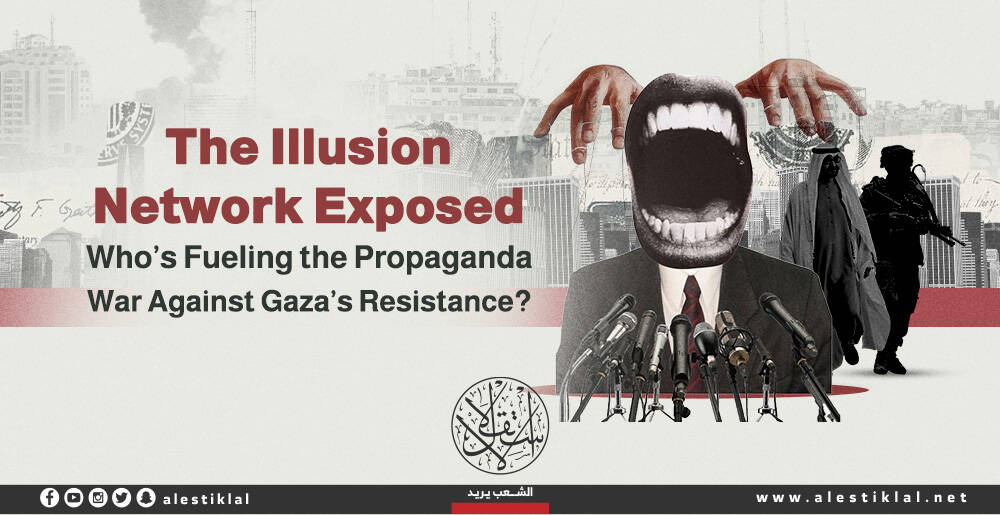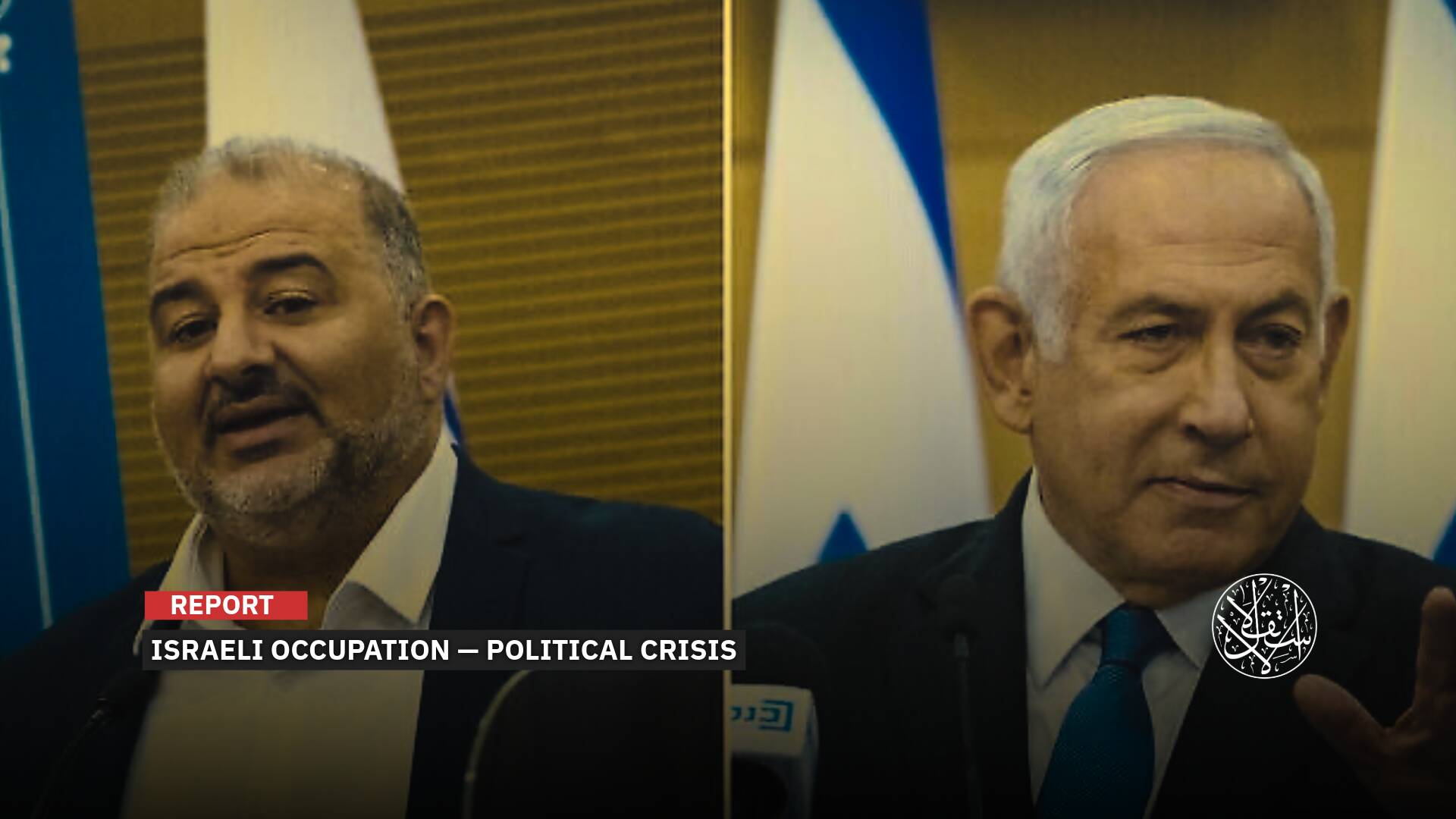In Case of Full-Scale War With ‘Israel’: What Is the Possibility of Iranian Militias Streaming Into Lebanon?

"In Lebanon, the situation differs from Gaza's because Hezbollah seeks to safeguard Iran's interests."
Recent speculations have arisen about the possibility of Hezbollah in Lebanon recruiting fighters from other Iran-backed factions if a full-scale war erupts with “Israel,” amidst escalating tensions.
Various scenarios have been raised, likening Lebanon to another Syria, potentially drawing militias from all corners, similar to Syria since the outbreak of the Syrian revolution in 2011. Concerns are also growing that Iran might exploit Israeli Occupation’s vulnerability during a new comprehensive war with Hezbollah to deliver severe blows to “Israel.”
From Syria to Lebanon
On June 23, 2024, The Associated Press attempted to interview officials from Iran-backed factions and analysts about the likelihood of thousands of fighters from Iran's proxies flowing into Lebanon to join Hezbollah's battle against “Israel” in the event of a full-scale conflict.
Officials from these Iran-backed groups confirmed to the U.S. agency that they might unite again, but this time against “Israel,” similar to their actions in Syria, where they gathered to fight Sunni opposition for 13 years, bolstering Bashar al-Assad, who is allied with Iran.
Already, thousands of these fighters are spread across Syria and can easily infiltrate through accessible borders.
“We will be fighting shoulder to shoulder with Hezbollah if an all-out war breaks out,” one official with an Iran-backed group in Iraq told the Associated Press in Baghdad, insisting on speaking anonymously to discuss military matters. He refused to give further details.
The official, along with another from Iraq, said some advisers from Iraq are already in Lebanon.
An official with a Lebanese Iran-backed group, also insisting on anonymity, said fighters from Iraq’s Popular Mobilization Forces, Afghanistan’s Fatimiyoun, Pakistan Zeinabiyoun, and the Iran-backed rebel group in Yemen known as Houthis could come to Lebanon to take part in a war.
Hezbollah Secretary-General Hassan Nasrallah spoke about this on June 19, 2024, stating that he is preparing to fight against “Israel” with his forces, along with militias from Iran, Iraq, Syria, Yemen, and other countries.
He confirmed that leaders of these militias "previously offered to send tens of thousands of fighters to assist Hezbollah," but he said that the group already has more than 100,000 fighters and added, "We thanked them, but we have huge numbers."
While Nasrallah clarified that the current battle uses only a fraction of Hezbollah's manpower, referring clearly to specialized fighters launching rockets and drones, this could change in the event of a full-scale war.
Hassan Nasrallah hinted at this possibility early on during a speech in 2017, suggesting that fighters from Iran, Iraq, Yemen, Afghanistan, and Pakistan would be "partners" in such a war.
A report by the Atlantic Council in May 2020 estimated that Hezbollah had around 30,000 active fighters and up to 20,000 reserves at that time, totaling 50,000.
The last major conflict between “Israel” and Hezbollah erupted in 2006, lasting 34 days and resulting in approximately 1,200 Lebanese and 140 Israeli fatalities.
Since the current wave of clashes began, more than 400 people have been killed in Lebanon, including 70 civilians and the rest from Hezbollah, while 16 Israeli soldiers and 11 settlers have been killed on the Israeli side.
Tensions escalated between the two sides following Operation al-Aqsa Flood launched by the Islamic Resistance Movement (Hamas) in October 2023 and subsequent Israeli aggression on Gaza.
Militias Scenario
Following the Arab Spring in Syria in 2011 and the onset of anti-Assad protests, the Syrian regime responded with gunfire and killings, prompting the formation of Syrian opposition forces to counter its violence. Iran sent aid.
Since 2011, Iran has provided significant support to the Syrian regime, including sending Shia militias from several countries, notably Lebanon (Hezbollah), Iraq, Afghanistan, Pakistan, and others, to fight Sunni opposition and destroy fortified cities. It also relied on Russia to quell the civil uprising in Syria.
The deployment of Iran-backed militias in Syria began in May 2011, just over a month and a half after the start of popular protests.
According to the Syrian Observatory for Human Rights, the number of these militias (Syrian, Iraqi, Lebanese, Afghan, Pakistani) is estimated to be at least 65,000 members, spread across regime-controlled areas.
In August 2020, Islamic Revolutionary Guard Corps Commander Hossein Salami stated that their numbers exceeded 100,000 members, organized into 70 militias.
Among the prominent supporters of Bashar al-Assad from Iran's branches of Arab militias were Lebanese Hezbollah, Iraqi Liwa Abu al-Fadhal al-Abbas, Iraqi Hezbollah Brigades, the Nujaba Movement, Asa'ib Ahl al-Haq, and Alwiyat al-Waad al-Haq.
Besides, the Iraqi Saraya al-Khorasani militia, the military wing of the Taleaa Islamic Party, and the forces of the martyr Baqir al-Sadr, the Imam Hussein Brigade, the Zulfiqar Brigade, the Yemeni Sa’dah Brigade of the Houthis, as well as several other smaller formations, such as the Ammar ibn Yasir Brigade, Liwa Assad Allah al-Ghalib, the Ashura Brigades, the Army of the Promised Day.

Bashar al-Assad was also aided by non-Arab Shia militias: the Fatemiyoun Brigade composed of Hazara Afghans, and the Zainebiyoun Brigade, which split from the former and includes Pakistanis and Afghan Shia receiving training in Iran.
Concern over this scenario is one of the reasons why the United States formally pledged to protect “Israel” if it entered into a war with Hezbollah, which could include attacks against the party.
This explains the influx of new weapons deals to Tel Aviv, the transfer of the aircraft carrier Eisenhower from the Red Sea to the Mediterranean, and the summoning of a military delegation led by Israeli War Minister Yoav Gallant to the United States on June 20, 2024, to discuss the war map and its potential ramifications.
Top U.S. officials assured an Israeli military and political delegation visiting Washington that the Joe Biden administration is fully prepared to support its ally in the event of a full-scale war on the northern borders between “Israel” and Hezbollah, according to CNN on June 20, 2024.
During this meeting, Secretary of State Antony Blinken reaffirmed the United States' steadfast commitment to the Israeli Occupation’s security, according to his spokesperson, Matthew Miller.
Nevertheless, Barbara Leaf, U.S. Assistant Secretary of State for Near Eastern Affairs, believes the Joe Biden administration is constantly working to prevent Iran and its proxies in Lebanon, Iraq, and Yemen from exploiting the crisis in Gaza and seeking to expand the conflict, according to U.S. newspapers.
According to interviews conducted by the Center for Strategic and International Studies (SCIS) on March 21, 2024, with U.S. officials, “Israel” sought to strike Hezbollah immediately upon its assignment to Gaza on October 8, 2023, fearing an invasion of its territory as well, but Washington refused.
They were concerned that Israeli strikes in Lebanon would ignite a regional war unnecessarily, and they were skeptical of Israeli intelligence indicating an imminent Hezbollah attack, according to the source.
The center’s experts confirmed that “the United States needs to increase its diplomatic engagement to prevent what could become a much wider and more violent war in the Middle East.”
CSIS notes that “Hezbollah has dramatically improved its military since 2006 and stockpiled over 120,000 stand-off weapons in Lebanon and Syria, as discussed in more detail in the next section.”
“With Iranian partner and proxy forces active in Lebanon, Syria, Iraq, and other countries across the region, the threat from the north could get worse over time, not better.”
Hezbollah's experience in fighting in support of Bashar al-Assad in Syria over the past decade has provided it with capabilities and efficiencies used by traditional armies, enhancing its ability to conduct coordinated maneuvers with larger forces and employ artillery.
American analyst Jamie Dettmer confirmed in his Politico report on June 21, 2024, that “in 2016, the group’s commanders had told me that Hezbollah operations in Syria amounted to a useful ‘dress rehearsal for our next war with Israel.’”
A growing number of officials and analysts, in Israel and beyond, see Gaza as just one front in a wider war with Iran, and have come to believe that an escalation with Hezbollah is all but inevitable.
“My worry is that this is a distraction, while they [Iran] make unprecedented progress in their nuclear program,” said Eyal Hulata, Israel’s former national security advisor.
Power Shift
Research centers estimate that this potential scenario, involving Iran's branches, joining a full-scale war between Hezbollah and “Israel,” would not turn Lebanon into another Syria.
However, more dangerous scenarios could arise, involving international parties in the war, thereby altering the balance of power in the region.
It might accelerate the collapse of the Zionist state, which Jews fear will collapse at the age of 80, like their former kingdoms.
Foreign reports suggest that major Western powers will not allow stability in the region unless their interests are achieved and “Israel” emerges relatively victorious from current battles, so it will escalate towards war and may intervene directly.
This scenario will turn the Arab region into direct hostility with the United States and the West, especially if Cyprus and Greece support “Israel” with their airports and military cooperation, and Hezbollah shells them.
This will benefit Russia by strengthening its influence in the Arab region and attempting to settle the Ukraine war issue amid the West's confrontation.
The CSIS report affirmed that “even a decisive defeat of Hezbollah, however, would not lead to the group’s destruction given its deep roots in Lebanon and strong support from Iran.”
Israeli analysts have begun to fear this scenario. Raviv Drucker warned in Haaretz on June 24, 2024, that “war with Hezbollah in Lebanon will lead Israelis to absolute defeat.”
He called for responding to Hezbollah's daily humiliation of “Israel” by drone strikes, advocating for bolstering defenses of towns and border lines in northern “Israel” to prevent incursions similar to what Hamas's Qassam Brigades did in the southern occupied territories.
Analyst Zvi Bar'el described in a 2024 article for Haaretz Prime Minister Benjamin Netanyahu's strategy, rumored to be destroying Lebanon to pressure Hezbollah and impose an agreement between the parties, as failed.
This is because ‘the world cannot allow Lebanon to become another Gaza, and Hezbollah would also destroy Israel,” Bar’el stated.
The Israeli analyst noted that Lebanon is different from Gaza because Hezbollah seeks to preserve its interests and those of Iran even after the war, ensuring it does not lose political control in Beirut.
According to Politico on June 21, 2024, a full-blown war between Israel and Hezbollah would be devastating for all concerned, and the tremors would roil the entire region and beyond. It would risk damaging the fragile U.S.-led normalization process that’s been painstakingly shaped to improve relations between “Israel” and its Arab neighbors.
However, despite the expected destruction from such a full-scale war, most Israelis support the necessity of eventually launching a major attack, with 36% according to a poll conducted by The Jewish People Policy Institute (JPPI).
It clarified that nationalists and far-right parties in Netanyahu's governing coalition view the war as an opportunity not only to protect “Israel” from its enemies but also to seize southern Lebanon, which they consider part of the "Promised Land" that Israelis should settle.



